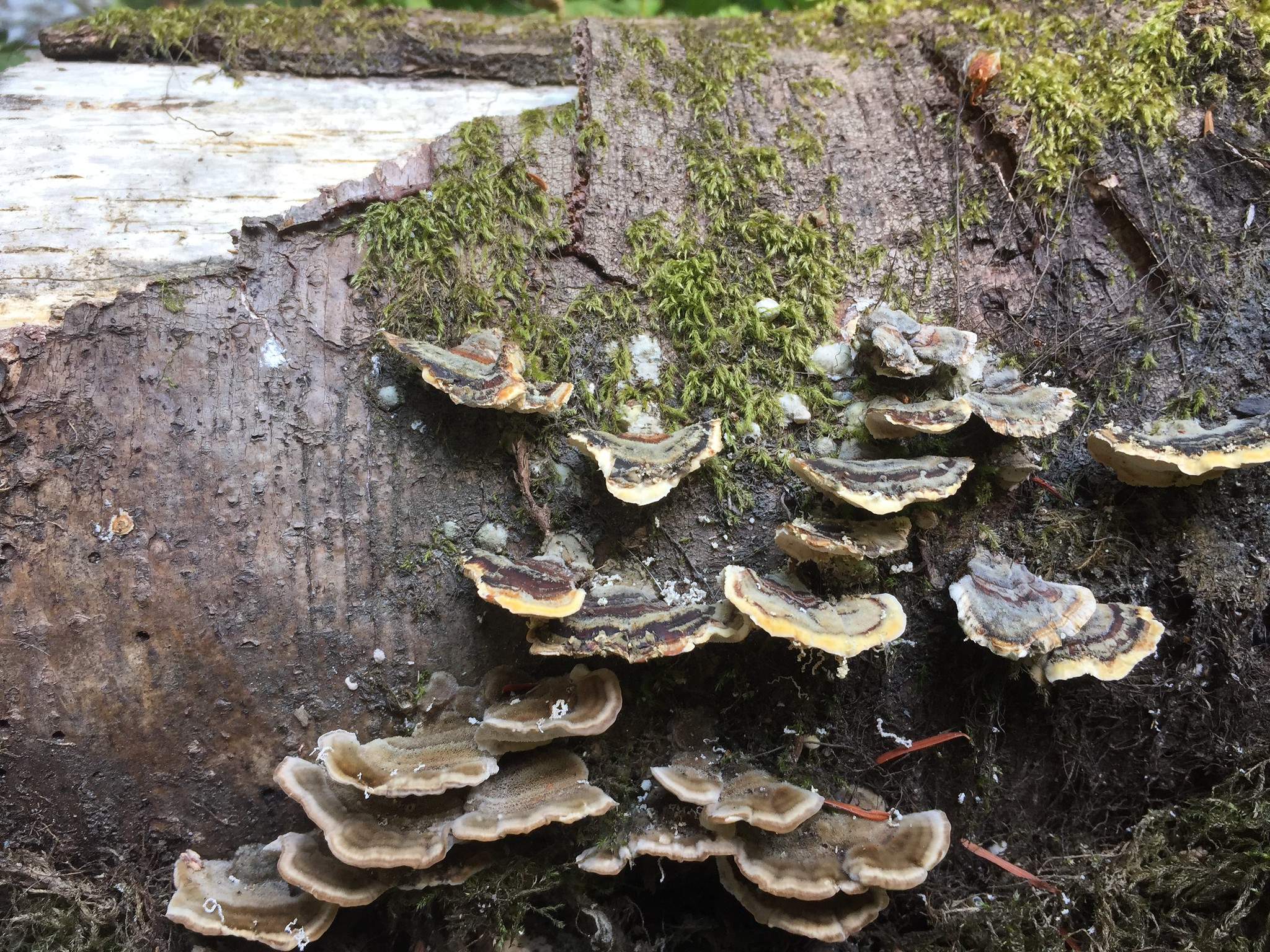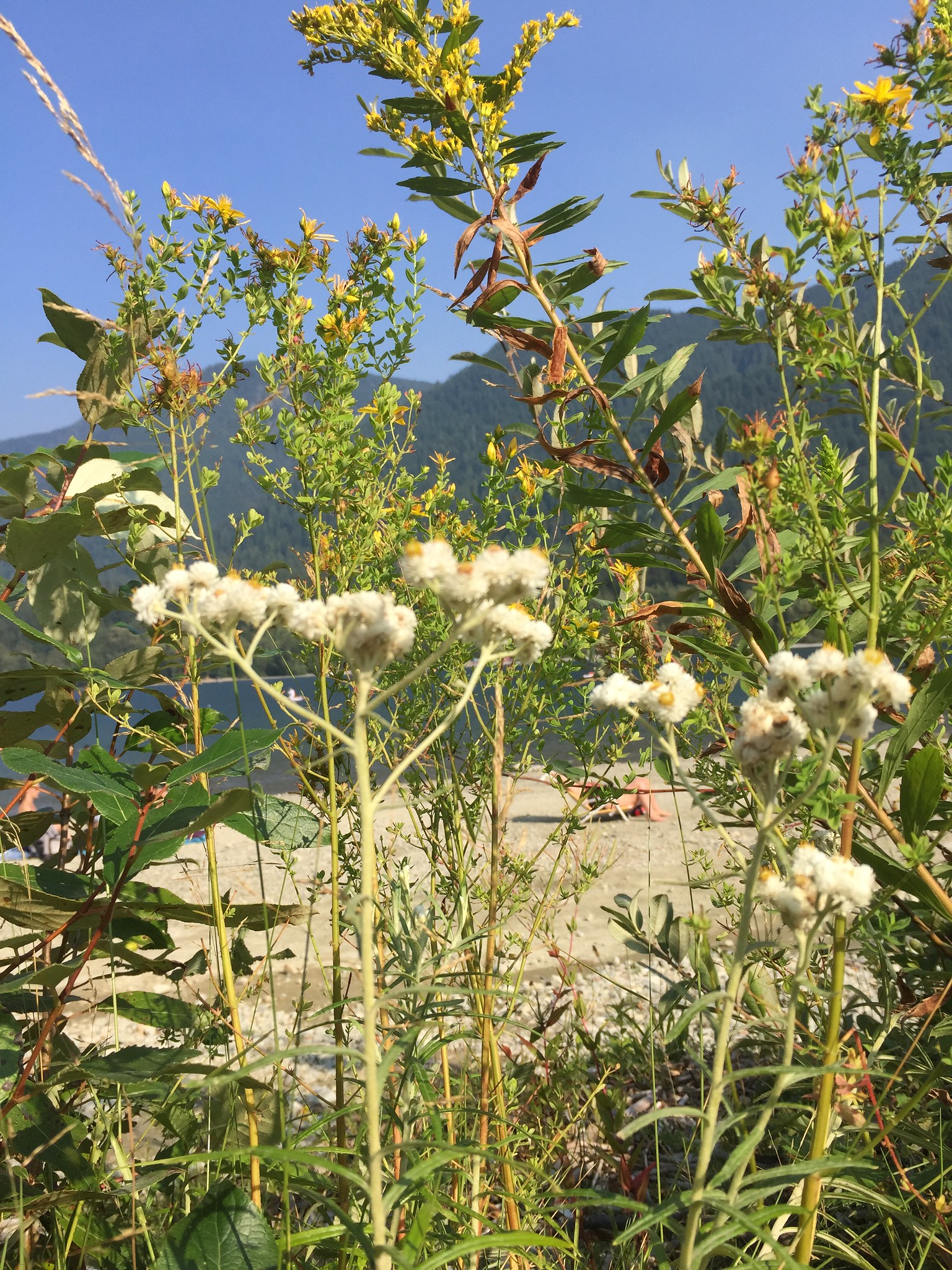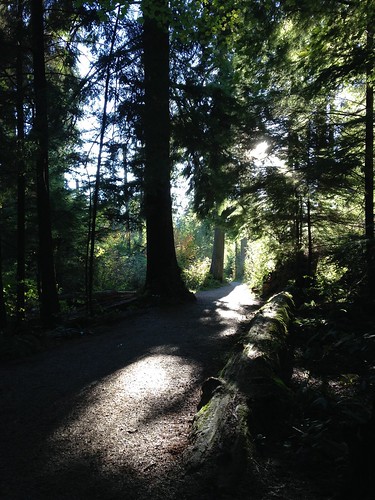Forest Medicine
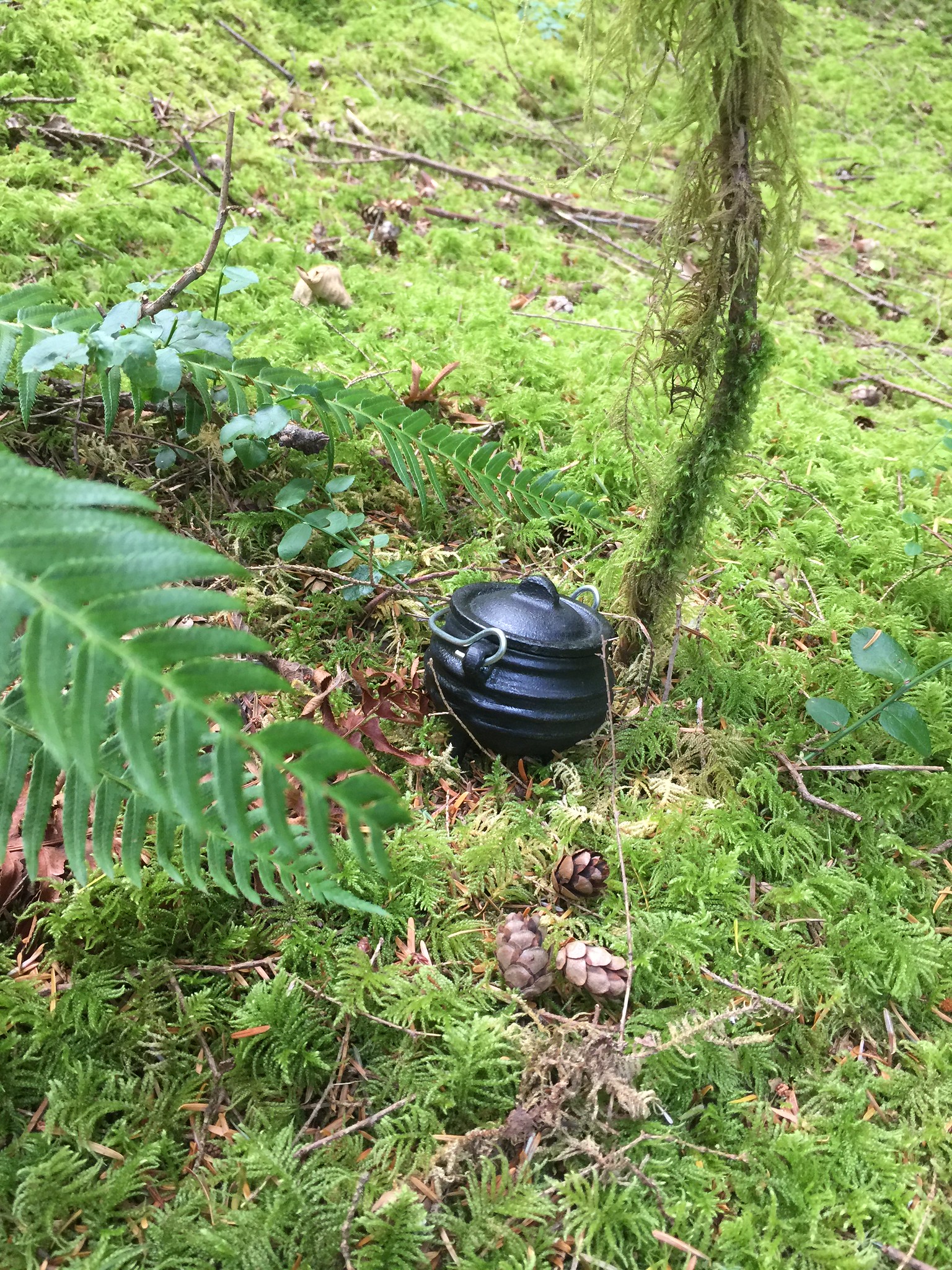
Anywhere in nature, including deep in the woods, the trees teach us self-healing and the plant-teachers provide medicines for body and soul. I brought my little witch cauldron to burn incense (redcedar chips and Palo Santo) without risk of burning the forest with me.
There were so many witch-inspiring finds in the forest, from intimidating-looking fungi (of which I'm yet to know any medicinal properties, but I know some of them do have that gift). To saps dripping from trees' wounds. Reishi mushrooms (Ganoderma lucidum) is a famous one (it is NOT the one in the photograph!), which is used for protecting the liver, for anti-inflammatory conditions, boost the immune system, ureduces anxiety and depression, aids sleep and more. In Chinese it is called lingzhi mushroom, which literally means "mushroom of immortality" and is used by many TCMs. In any case, you should not be foraging it in the woods without getting proper training in mycology, and also use it responsibly with the guidance of an herbalist or trained TCM.
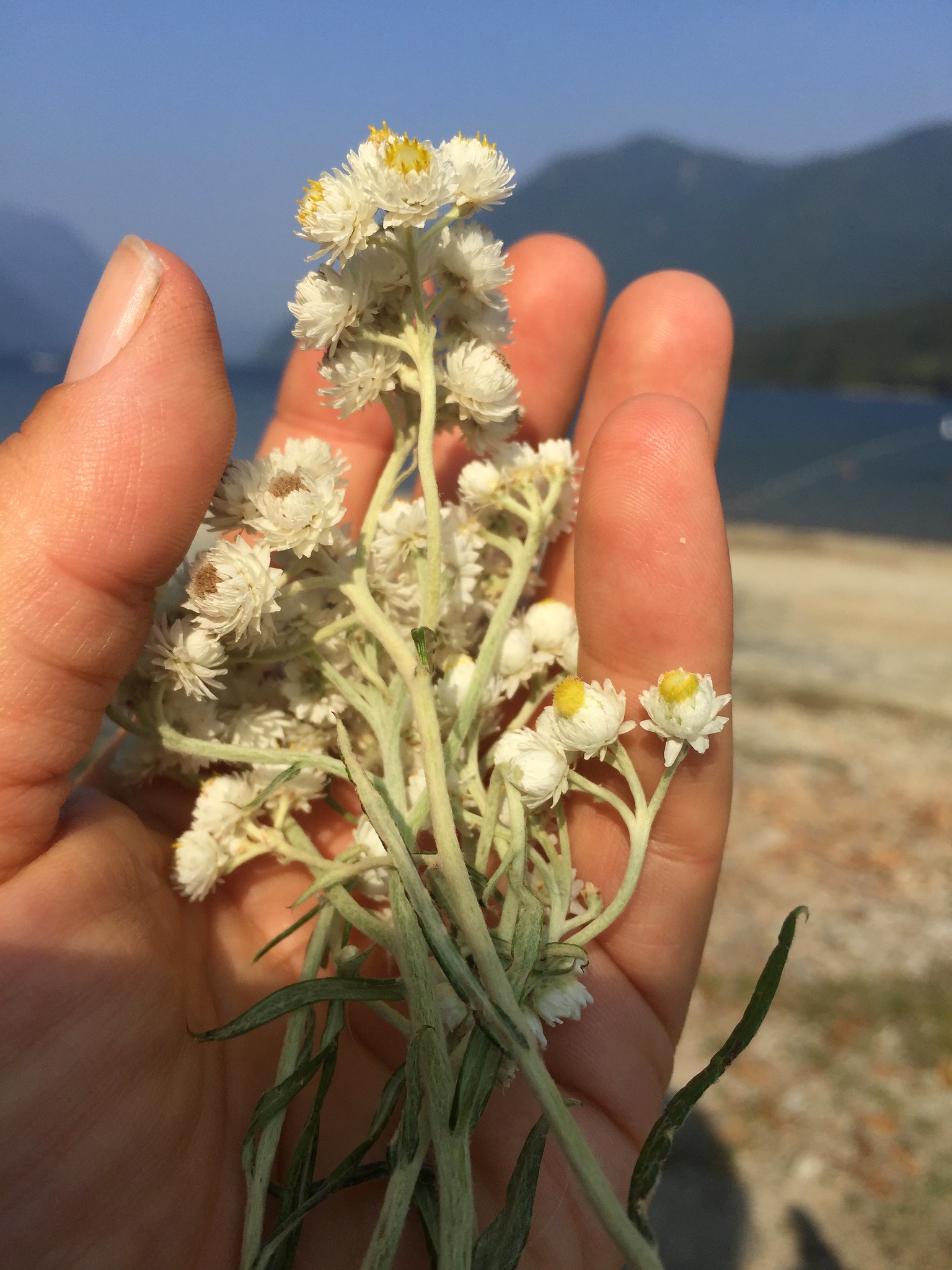
First, as seen clearly on the foreground, there is Pearly Everlasting (Anaphalis margaritacea). Although it is similar in appearance, and also from the Asteraceae family, it is not as closely related to immortelle (Helicrysum). It is not so much in use in Western herbalism or medicine, but was used by First Nations to treat mostly respiratory ailments, including asthma. This is because it has both antihistamine and expectorant qualities. It is also an anti-inflammatory, astringent, diaphoretic and a mild sedative. It is used for treating headaches, colds, fevers, sore throats, allergies and asthma. To read more about how to use it, visit Wildness Within and Natural Medicinal Herbs. It can also be used as incense - preferably on a hot stone or Japanese Koh-Doh technique on a micah plate.
Next to it also grows St. John's Wort (Hypericum perforatum), the world one and only incredible medicinal plant that can actually treat depression. It is why it is so heavily regulated in the USA, because it's properties would threaten the existence of fluoxetine (or in its famously known brand name, Prozac) and other very profitable antidepressants. Additionally, St. John's Wort oil extract (an oil infusion that has a deep red colour) is used for treating skin diseases such as eczema and also joint pains. This is a powerful plant, and must only be used with the guidance and supervision of a licensed Herbal Medicine practitioner. Some of the side effects known for St. John's Wort are photo-toxicity (burns upon exposure to sun), and counter-acting certain drugs.
Last but not least, the shiny green leaves (more at the bottom of the pic) are those of Black Cottonwood, AKA Western Balsam Poplar (Populus trichocarpa), which contains salicin (the aspirin compound that also present in willowbark). The buds' extract (either in oil or alcohol) is also used medicinally, mostly as an anti-infalmmaroty, especially for joint and muscle pain. A salve can also be prepared from the oil infusion. Also it smells great - sweet-balsamic and ambery, which makes it a good medicine for the soul. I used it in Komorebi perfume to create the beautiful amber-like scent of the rain forest in autumn.
Next to it also grows St. John's Wort (Hypericum perforatum), the world one and only incredible medicinal plant that can actually treat depression. It is why it is so heavily regulated in the USA, because it's properties would threaten the existence of fluoxetine (or in its famously known brand name, Prozac) and other very profitable antidepressants. Additionally, St. John's Wort oil extract (an oil infusion that has a deep red colour) is used for treating skin diseases such as eczema and also joint pains. This is a powerful plant, and must only be used with the guidance and supervision of a licensed Herbal Medicine practitioner. Some of the side effects known for St. John's Wort are photo-toxicity (burns upon exposure to sun), and counter-acting certain drugs.
Last but not least, the shiny green leaves (more at the bottom of the pic) are those of Black Cottonwood, AKA Western Balsam Poplar (Populus trichocarpa), which contains salicin (the aspirin compound that also present in willowbark). The buds' extract (either in oil or alcohol) is also used medicinally, mostly as an anti-infalmmaroty, especially for joint and muscle pain. A salve can also be prepared from the oil infusion. Also it smells great - sweet-balsamic and ambery, which makes it a good medicine for the soul. I used it in Komorebi perfume to create the beautiful amber-like scent of the rain forest in autumn.


